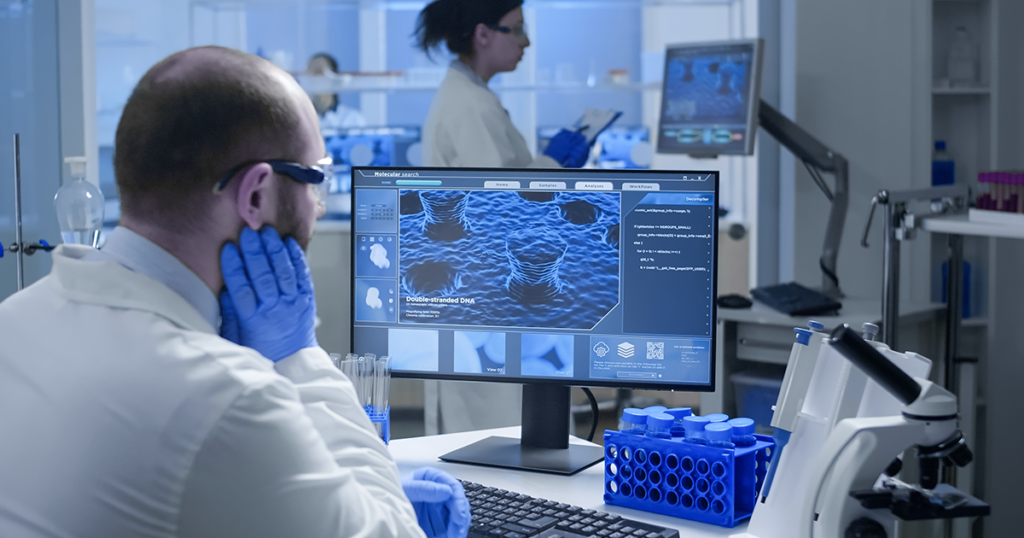Artificial intelligence (AI) is a valuable tool for healthcare professionals, with one of its primary applications being medical imaging. AI’s ability to analyze large amounts of data quickly and accurately is improving disease detection, diagnosis, and personalized treatment plans. If you’re interested in learning more, keep reading.
Explore the exciting applications and examples of using AI in medical imaging in this article.
The Growing Role of AI in Medical Imaging: Trends and Predictions
According to Mordor Intelligence’s report, the AI Market for Medical Imaging is projected to experience a significant growth rate of 30.4% from 2022 to 2027. The report authors attribute this growth to the increasing aging population and investments in healthcare infrastructure.
Developed countries are investing heavily in providing advanced and affordable healthcare services, positively impacting market growth. The growth of AI in medical imaging is expected to revolutionize disease detection, diagnosis, and personalized treatment plans, leading to a more efficient healthcare system.
AI in Medical Imaging: Where is it Useful?
1. Detecting Breast Cancer
Breast cancer is the second most common cancer among women. Conventional mammogram screenings miss 1-in-5 cases. Google’s AI-powered Lymph Node Assistant (LYNA) can detect breast cancer metastasis with 99% accuracy, as per a paper in The American Journal of Surgical Pathology.
2. Prescribing Targeted Treatments
AI in medical imaging provides a quantitative approach that removes subjectivity, helping identify cancer types and determine appropriate treatments. This advancement in precision medicine allows for more personalized treatment plans tailored to specific illnesses.
3. Predicting the Risk of a Heart Attack
AI in medical imaging can not only identify existing conditions but also predict the risk of developing future illnesses. Combining AI imaging with clinical data helps physicians improve predictive models for identifying high-risk patients for heart attacks.
4. Spotting Neurological Decline
AI can quantify changes in a patient’s brain, aiding in the early detection and diagnosis of neurological diseases like Alzheimer’s and multiple sclerosis, which may be missed by the human eye.
5. Improving Surgical Outcomes
AI in medical imaging assists surgeons in planning procedures, reducing surgery time, and enhancing outcomes.
5 Key Advantages of Using AI in Medical Imaging
- Improved Accuracy: AI algorithms analyze medical images more accurately than humans, reducing misdiagnoses and improving patient outcomes.
- Personalized Treatment Plans: AI helps create personalized treatment plans by analyzing medical images and clinical data, leading to more effective treatments.
- Faster Diagnosis: AI algorithms analyze large amounts of data quickly, ensuring faster and more accurate diagnoses.
- Reduced Healthcare Costs: AI can lower healthcare costs by improving diagnostic accuracy and treatment effectiveness.
- Improved Workflow: AI automates routine tasks in medical imaging, enhancing efficiency and allowing more focus on patient care.
Implement AI in Your Healthcare Company
Artificial intelligence has numerous applications in medicine, advancing healthcare in various ways. To learn more about how AI is addressing healthcare challenges and creating new business models, watch our webinar. If you need assistance with medical image processing, feel free to contact us. Our healthcare-experienced team is eager to share their knowledge with you.


